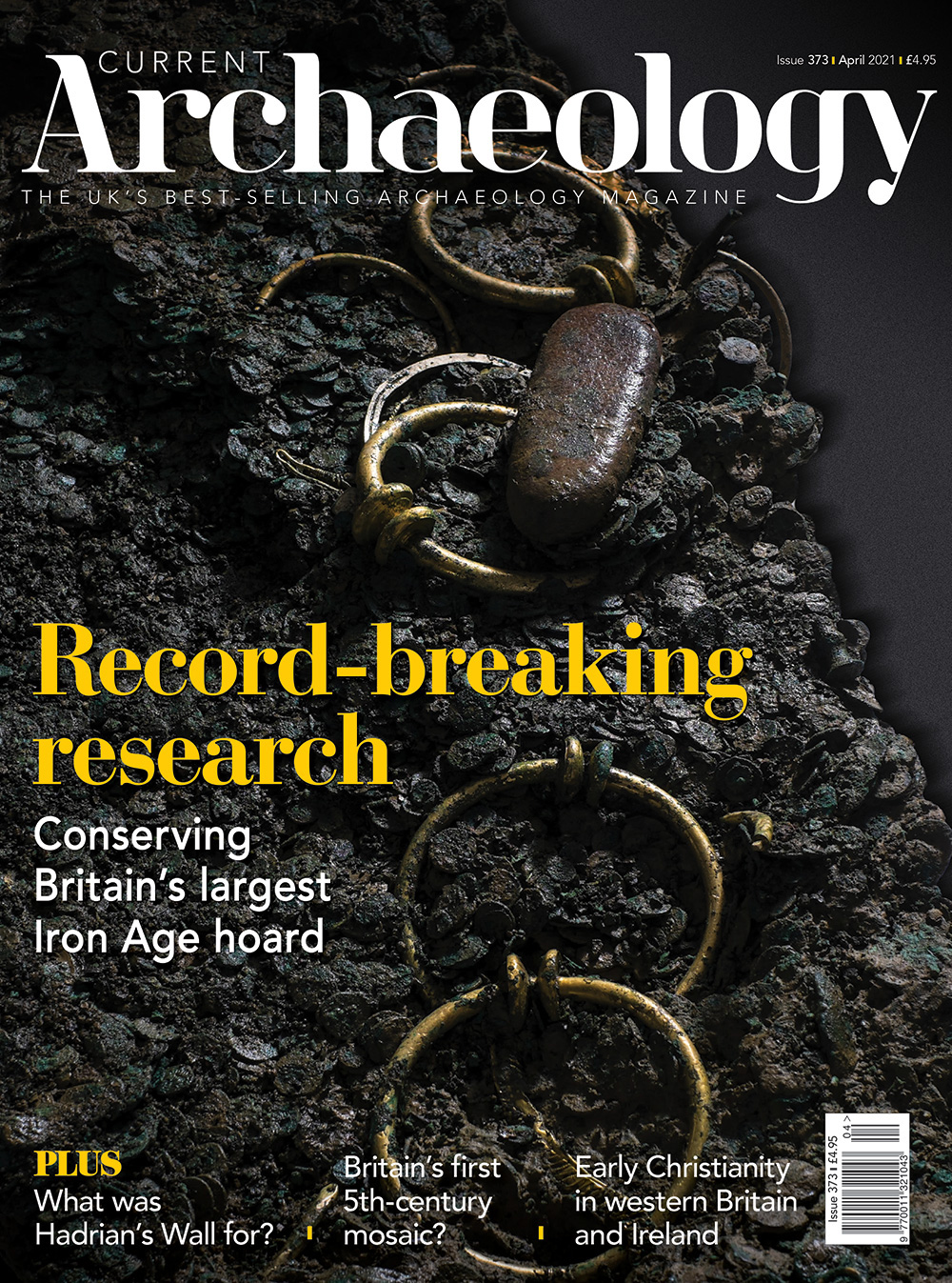The immediate aftermath of Roman occupation in Britain is often stereotyped as a post-imperial anti-climax during which the Roman way of life rapidly fell away. In recent decades, though, archaeological research has done much to dispel this pessimistic picture of the ‘Dark Ages’ – and, it appears, not all Roman fashions were so fast to fade. New dating evidence from Chedworth villa in Gloucestershire suggests that its inhabitants were still investing in their high-status home, even installing new mosaics, well into the 5th century.
It was not only the material trappings of Romanitas that were held to have departed our shores at this time – according to traditional narratives, Christianity also flickered out in post-Roman Britain, only to be resurrected generations later by late 6th-century missionaries. Archaeology tells a different story, however, suggesting that the flame of faith continued to burn in western Britain and Ireland.
Speaking of the Romans, our third feature whisks us north to the monumental fortifications of Hadrian’s Wall. Could the key to understanding this imposing construction lie in guerrilla warfare?
We then travel to Jersey, and the largest Iron Age hoard found in the British Isles. Join us as we explore its eclectic contents, learning more about the cutting-edge techniques that are helping to tease apart the secrets of this unique assemblage.
Finally, we head to the outskirts of Salisbury, where recent discoveries take a more personal tone. There, development-led investigations have uncovered a number of early Bronze Age burials, including that of an infant who was laid to rest with a child-sized beaker.

